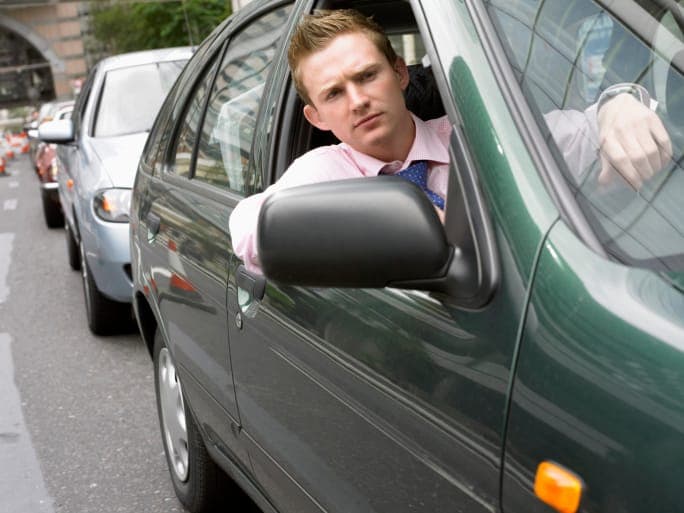Traffic Congestion Health And Accidents In Seattle

Everyone knows that New York City is one of the most congested cities in the country. It may surprise you to know that Seattle is the same as New York when it comes to traffic congestion. According to the TomTom Index Traffic Report, which was based on 2014 data, Seattle is tied with the Big Apple for having the fourth worst traffic congestion in the United States.This may not sound so bad – after all, Seattle is a big city. However, given that Seattle’s population is less than one-tenth that of New York’s, the fact that the two cities have the same amount of traffic congestion should make city planners in Seattle sit up and take notice.
If you have been involved in a traffic accident, speak to our Seattle car accident lawyers today for a free consultation.
Problem Locations for Seattle Traffic
There are five intersections where city staff has recorded at least 130 violations per day. The most frequent is “blocking the box” at the intersection of the Mercer Corridor and Interstate 5. Blocking the box at this and other intersections means that cars stuck in the intersection after the light turns are blocking traffic going the other way, causing gridlock. There are around 1,000 incidents of blocking the box in Seattle daily, according to the Seattle Department of Transportation.
The intersections that see the most frequent blocking the box violations are:
- Fairview and Valley
- Howell and Ninth
- Fremont and 324th
- Fifth and Mercer
- Mercer and Westlake
- Rainer and Forrest
- Mercer and Dexter
With three intersections on the top blocking violation list, the Mercer Street Corridor is clearly one of the most congested in the city.
Consequences of Traffic Congestion
What are the consequences of traffic congestion beyond driver irritation? It turns out that there are significant environmental and traffic safety costs. Drivers in the United States pay around $21 for each hour stuck in traffic. Around 1.9 billion gallons of gasoline are wasted each year; the average annual extra expense for American drivers is $713. These figures from Nationwide Insurance tell only part of the story.
In addition to wasted fuel, traffic congestion can cause increased emissions and particulates in the air, resulting in more cases of asthma and other respiratory diseases. According to a 2011 article in the Wall Street Journal, scientists are collecting data on the consequences of traffic congestion. The results of these studies suggest that traffic fumes affect mental capacity, intelligence and emotional stability as well as cause physical problems.
Why Congestion May Increase Accident Numbers
Although one might expect that congestion reduces accidents because traffic moves much more slowly, this may not always be the case. One report suggests that traffic congestion actually causes more accidents because frustration leads people to make aggressive moves that can result in crashes, albeit at low-speeds. Another problem with congested traffic is that people falsely believe that because traffic is moving slowly, they can undertake risky behaviors such as texting, looking at maps or eating. These are things they might not do when driving at highway speeds, but leave them distracted and vulnerable to accidents at slower speeds.
For now, Seattle police are planning to crack down on drivers whose traffic violations, such as blocking the box, increase congestion. The crackdown will begin in October; whether this will reduce congestion and accidents remains to be seen.